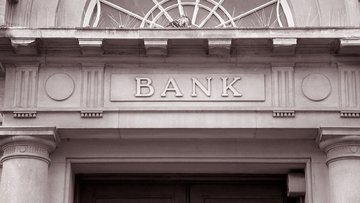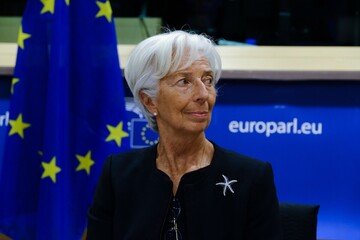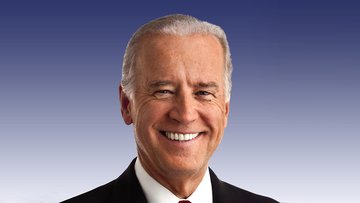Monetary policy consists of a series of actions performed by a central bank or regulatory commission that determined the size and rate of growth of the money supply, which affects interest rates.
Monetary policy is implemented with actions such as changing interest rates, selling or buying government bonds, or changing the amount that banks have to pay to keep their liquidity in central bank coffers.
Generally speaking, there are two types of monetary policy:
- * expansive,
- * restrictive.
An expansionary monetary policy increases the money supply in order to reduce unemployment, increase private sector indebtedness and consumer spending, thus stimulating economic growth. Often referred to as "eased monetary policy," this description fits well with what many central banks did after the 2008 financial crisis, as interest rates were cut dramatically, in many cases close to zero.
Restrictive monetary policy slows the growth rate of the money supply or decreases the money supply in order to control inflation. While it is sometimes necessary, tight monetary policy can slow economic growth, increase unemployment and depress consumer and business debt and spending. An example could be that of the intervention of the Federal Reserve, the central bank of the United States, in the early 1980s: in order to contain inflation close to 15%, the Fed raised the reference interest rate to 20%. This increase triggered a recession, but kept the rise in inflation in check.
Central banks use a variety of tools to change monetary policy. Open market operations directly affect the money supply through the short term purchase of government bonds (to expand the money supply) or through the sale to achieve the opposite result.
Benchmark interest rates, such as LIBOR and the Fed funds rate, influence the demand for money by raising or lowering the cost of borrowing - in essence, the price of money. When borrowing is cheap, businesses create more debt to invest in hiring and expansion, consumers can make more long-term purchases with cheap credit, and savers have more incentives to invest their money in stocks or other assets. rather than earning very little and possibly losing money on savings accounts.
In recent years, unconventional monetary policy has become more common. This policy includes quantitative easing.











